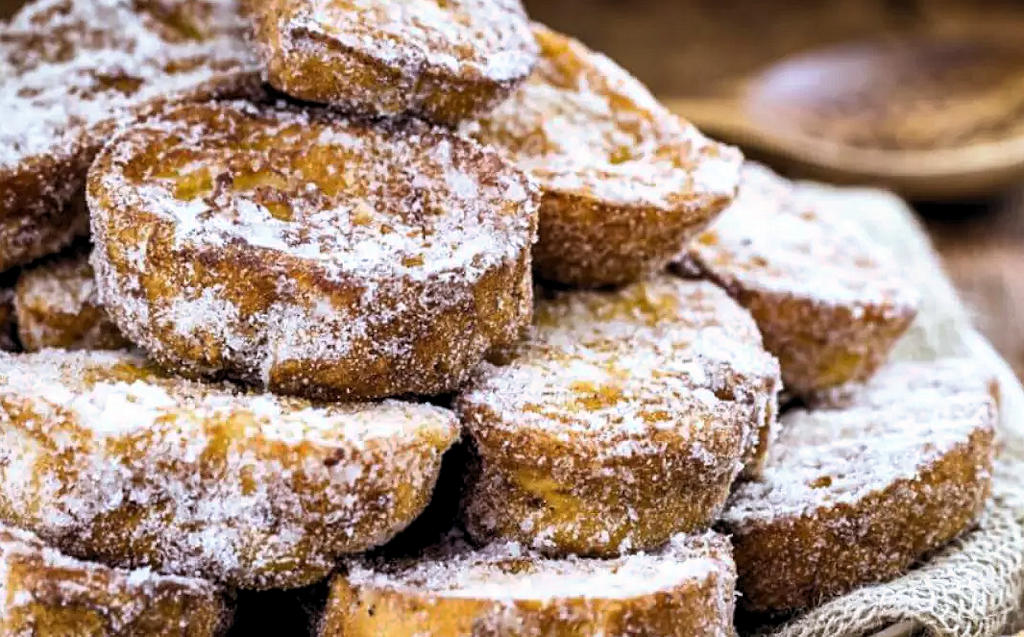Across the Atlantic, Rabanada found its way to Brazil through Portuguese colonization. As the recipe crossed borders, it adapted to local ingredients and preferences, becoming a beloved treat associated with Christmas. In Brazil, this delectable dessert can be found in bakeries and supermarkets, tantalizing the senses with its enticing aroma and inviting presentation. In some regions, special bread known as pan de rabanada is even prepared, further enhancing the flavors and textures of this festive delight.
Unlike its American counterpart, Rabanada boasts distinct characteristics that set it apart. The bread utilized is often round or oval in shape, cut into thick slices to provide ample surface area for the flavors to permeate. Unlike traditional French toast, Rabanada undergoes a double dip, first in milk or a milk mixture infused with vanilla and sugar, and then in beaten eggs. This process ensures a custardy interior that harmonizes with its crisp, golden exterior.
When it comes to cooking, Rabanada embraces frying in oil, which yields a captivating golden hue and an unparalleled crunch. Finally, a generous sprinkling of cinnamon sugar crowns the dish, offering a touch of sweetness and a delightful hint of spice. The resulting symphony of flavors reflects the cultural influences of Spain, Portugal, and Brazil, blending seamlessly to create a truly memorable experience for the taste buds.
Lisbon.vip Recommends
While Rabanada can be savored at any time of the year, its presence during the Christmas season carries a distinct allure. As the aroma of cinnamon fills the air, families come together to share in this joyous treat, fostering traditions that span generations. Beyond its culinary significance, Rabanada becomes a vessel for creating lasting memories and forging connections.
As tourists explore the vibrant streets of Lisbon, immersing themselves in the rich cultural tapestry that defines the city, Rabanada stands as an invitation to savor the flavors of the past. It is a testament to the ingenuity and resourcefulness of the Portuguese and Brazilian culinary traditions, where humble ingredients transform into sublime creations. Indulging in Rabanada is an opportunity to celebrate the fusion of cultures and flavors that have shaped both nations, offering a taste of the shared history between Spain, Portugal, and Brazil.
For those seeking an exquisite culinary experience, Rabanada presents itself as an irresistible choice. Its simplicity and depth of flavors ensure a delightful treat for the taste buds, while the historical significance and cultural connections elevate it beyond mere sustenance. Let Rabanada be a gateway to exploring the traditions, heritage, and delectable offerings of Lisbon. It is an experience that will leave a lasting impression, captivating the hearts and palates of all who partake in this beloved dessert.



